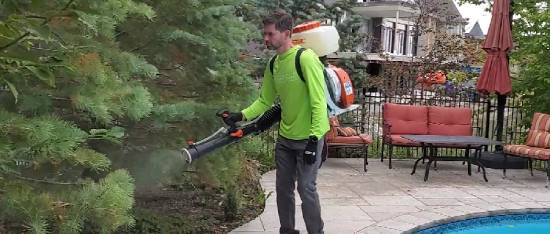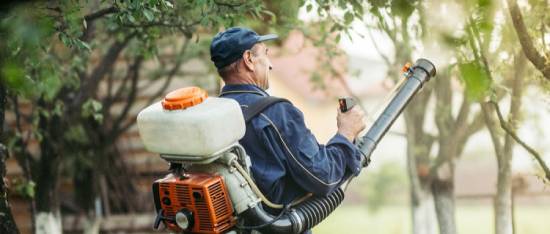Comparing All-Natural vs Chemical Mosquito and Tick Control
All-Natural vs Chemical
When considering your mosquito and tick control approach, you have two options: all-natural or synthetic chemicals. There are advantages and disadvantages to both options. The following chart outlines the key differences:

All-Natural Spray
Brand: Mosquito Barrier
Repellent Action
Garlic Based
When you initially spray Mosquito Barrier it kills the mosquitoes and chases away the ticks, fleas and gnats. It coats the leaf surface of the grass, ornamentals and lower leaves of the trees with natural sulfur contained in garlic juice and all of these insects, not initially killed, are repelled from the area by this juice.
No risk to animals or fish. There are no poisons or harmful chemicals in Mosquito Barrier. Just 99.3% garlic juice with some food grade preservatives added.
Hazard Classifications: None
Hazards on Label: May case skin irritation with prolonged use.
Safe for technicians to handle and apply with no risk of long-term health effects.

Synthetic Spray
Brands: Dragnet/Demand CS
Knockdown Action
Permethrin, lambda-Cyhalothrin
Permethrin and similar products are very effective at “knock-down,” which means flying insects will hit the dirt when sprayed with it. However, if the dosage isn’t high enough, they can revive. Therefore, are often mixed with piperonyl butoxide (PBO), a toxic, non-organic chemical to make it more potent. It’s also often mixed with other organic ingredients such as neem oil or insecticidal soap.
Highly toxic to most insects. This means that it’s effective against pests, but it’s also deadly to the beneficial insects that pollinate your vegetables and help out by eating those pests. This has created a lot of controversy in the public related to the mosquito control industry.
Extremely toxic to fish and aquatic invertebrates. To protect the environment, do not allow pesticide to enter or run off into storm drains, drainage ditches, gutters, or surface waters.
Hazard Classifications: Acute Toxicity (Inhalation) – Category 4 Carcinogenicity – Category 2 Eye Irritation – Category 2B Skin Sensitization – Category 1
Hazards on Label: H317 – May cause an allergic skin reaction. H320 – Causes eye irritation. H332 – Harmful if inhaled. H351 – Suspected of causing cancer.
Other Resources
Video About Mosquito Barrier Works – https://youtu.be/Zd2JrAQIXI8
Field Studies for Mosquito Barrier – http://www.mosquitobarrier.com/studies.html
Have a Mosquito or Tick Problem?
Call us: 416-229-0339 | Text us: 416-229-0339

